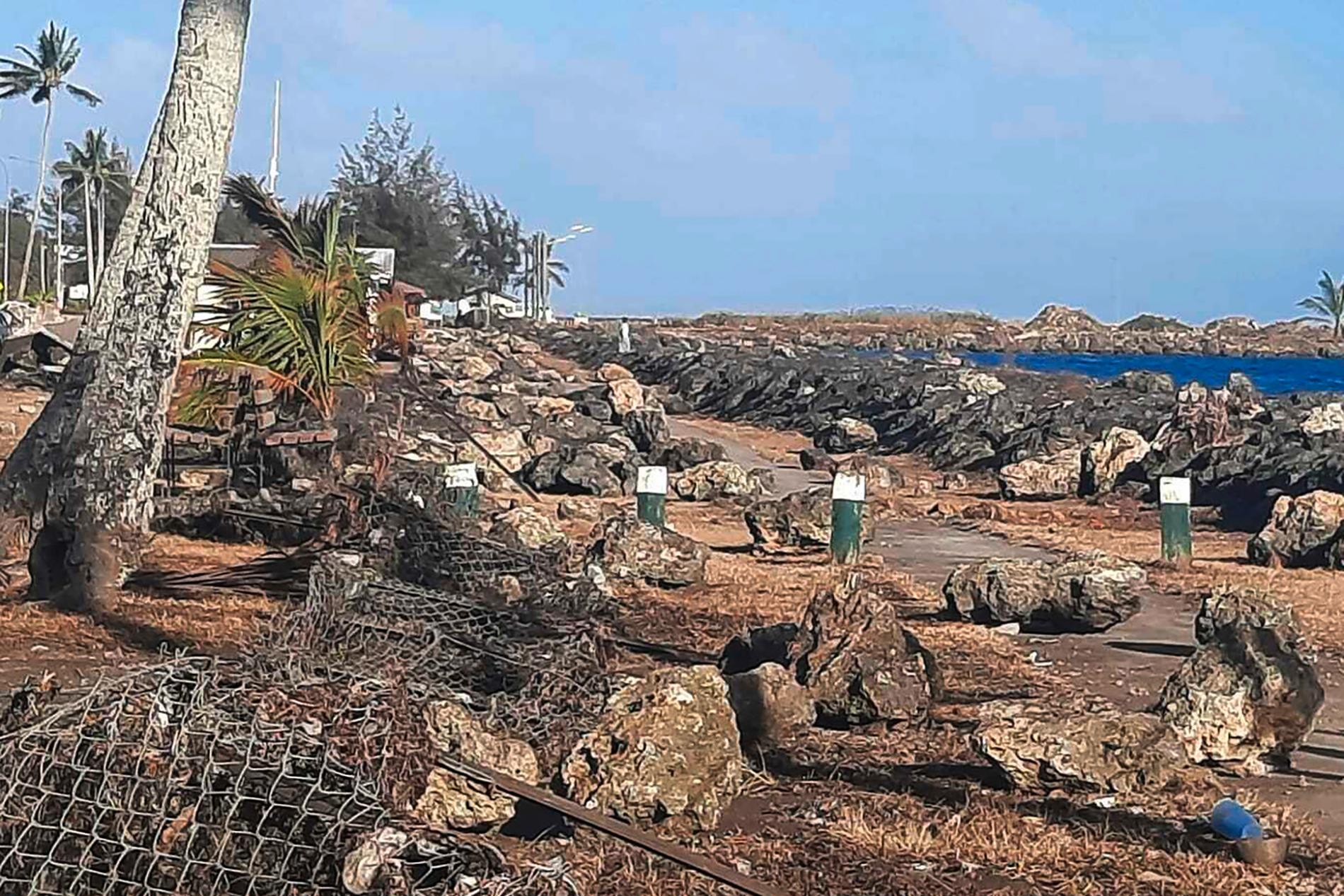The volcanic eruption on Tonga is probably the largest of its kind since the 19th century. Researchers in Iceland have registered that the sound wave went three rounds around the earth.
–
This is what seismologist Björn Lund says to the Swedish news agency TT.
The eruption of the Underwater Volcano Hunga Tonga-Hunga Ha’apai on January 15 threw ash and mud up to 40 kilometers into the atmosphere, in addition to causing a major tsunami. The devastation in the island state is massive, and at least five people have died in Tonga and Peru. In addition, most of Tonga is covered in ash, while there has been a major oil spill in Peru after an oil tanker was hit by the tsunami.
The US space agency Nasa estimates that the eruption was several hundred times larger than the explosion from the atomic bomb dropped on Hiroshima in 1945.
– The sound wave could be heard in New Zealand, 2,000 kilometers away. It is also recorded all over the globe on something called infrasound sensors. We humans can not hear those sounds, but my colleagues in Iceland have registered that the sound wave went around the world three times, says Lund.
The eruption is probably the largest in an underwater volcano since the Indonesian volcano Krakatau went up in 1883. Satellite measurements show that the ash cloud reached a height of at least 35 kilometers, and also released large amounts of sulfur dioxide, which can affect the climate.
– When the Philippine volcano Pinatubo went into the air in 1991, sulfur dioxide and ash also reached an altitude of 30 kilometers. This meant that the temperature in the northern hemisphere, especially over the Pacific Ocean, dropped by an average of half a degree in a couple of years, says the seismologist.
–
–

